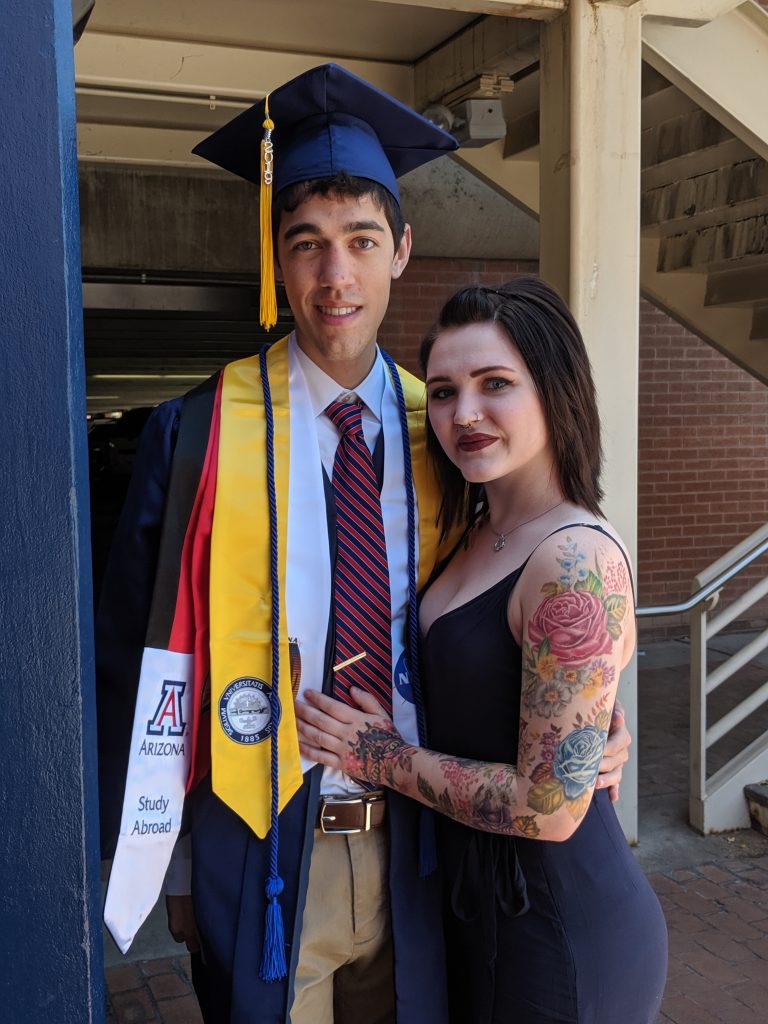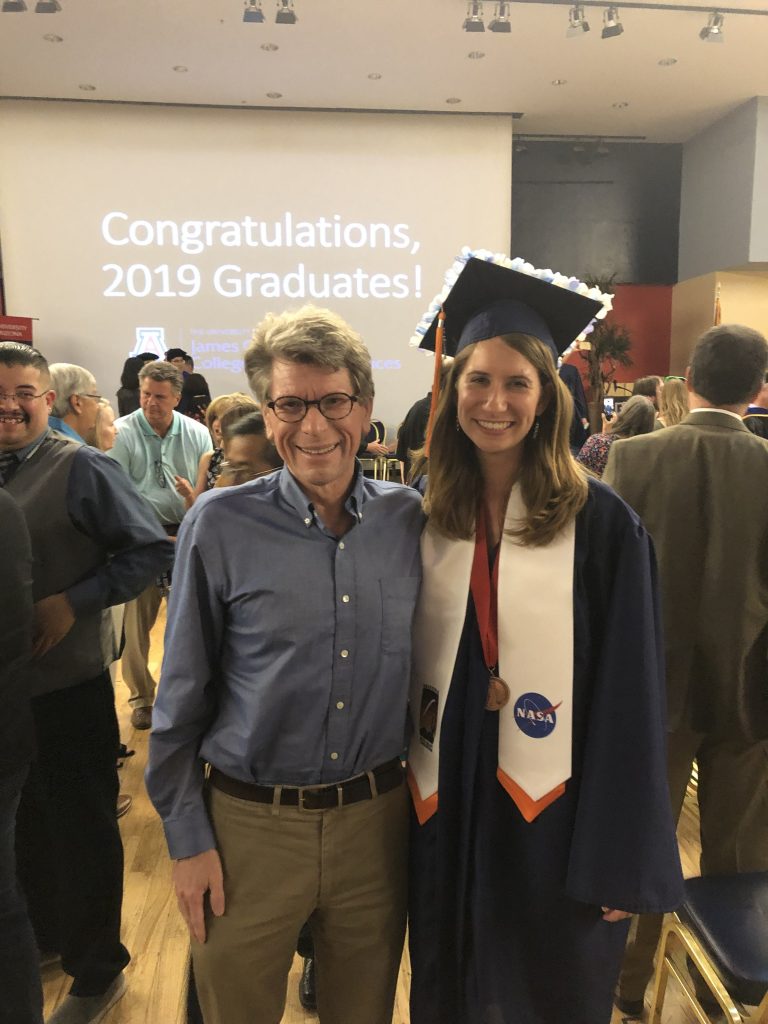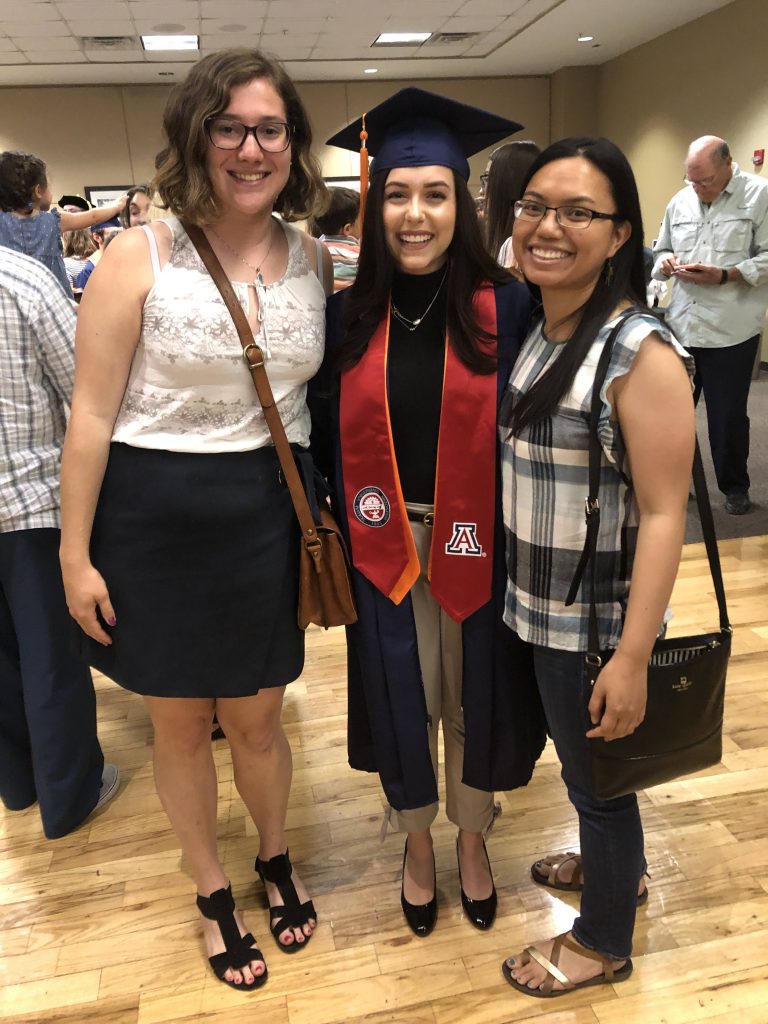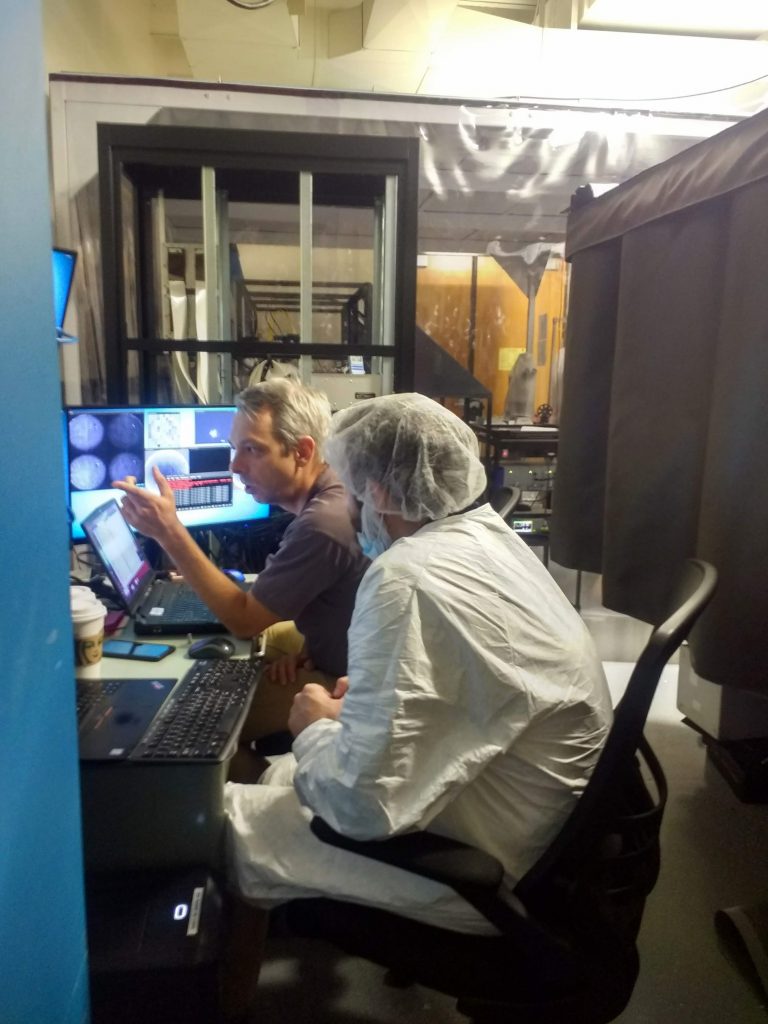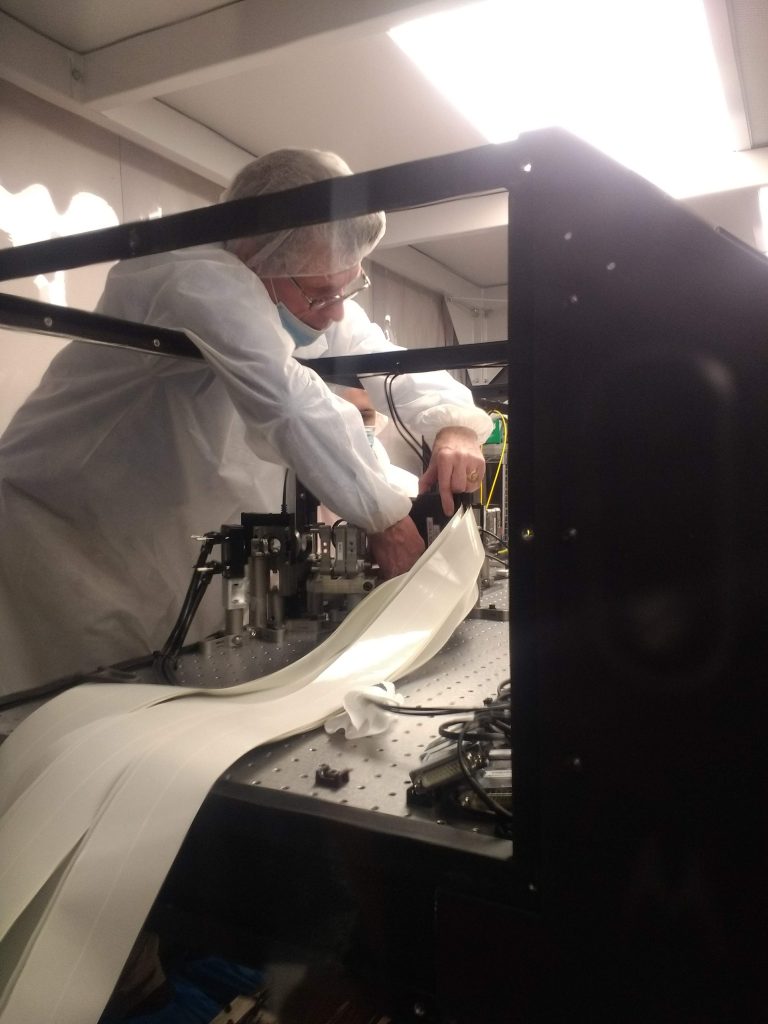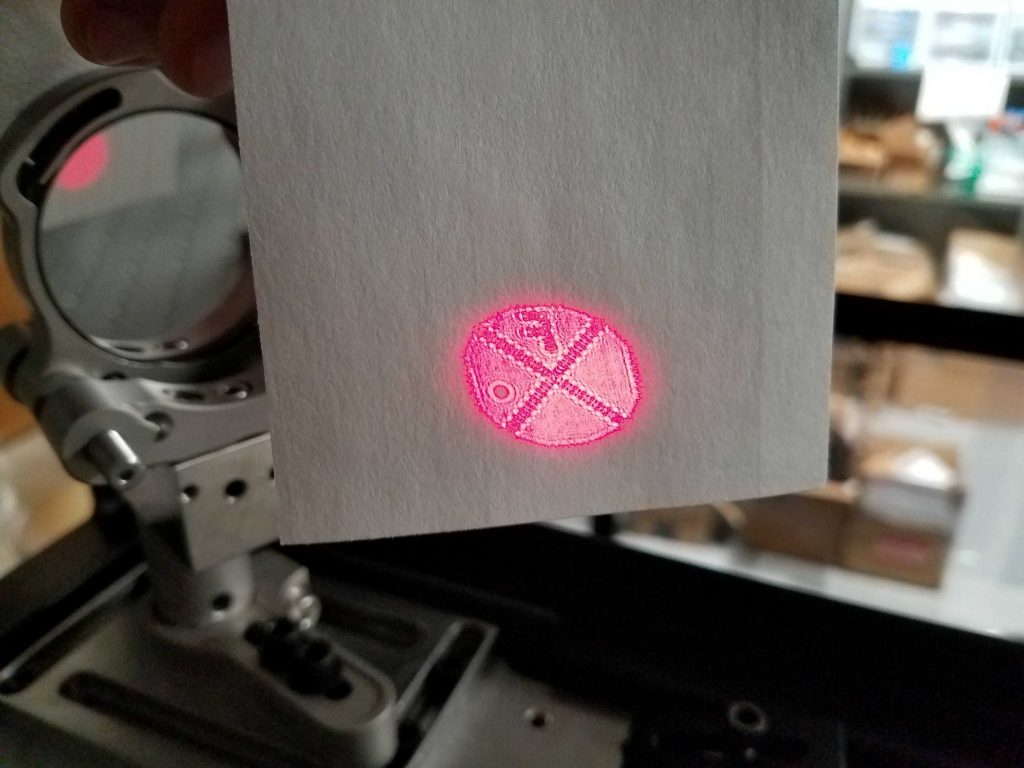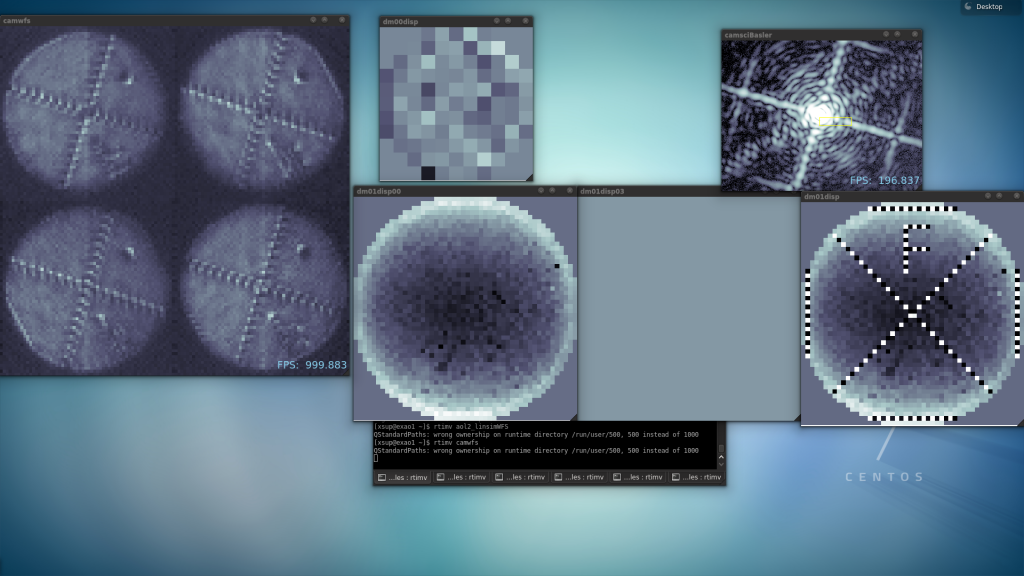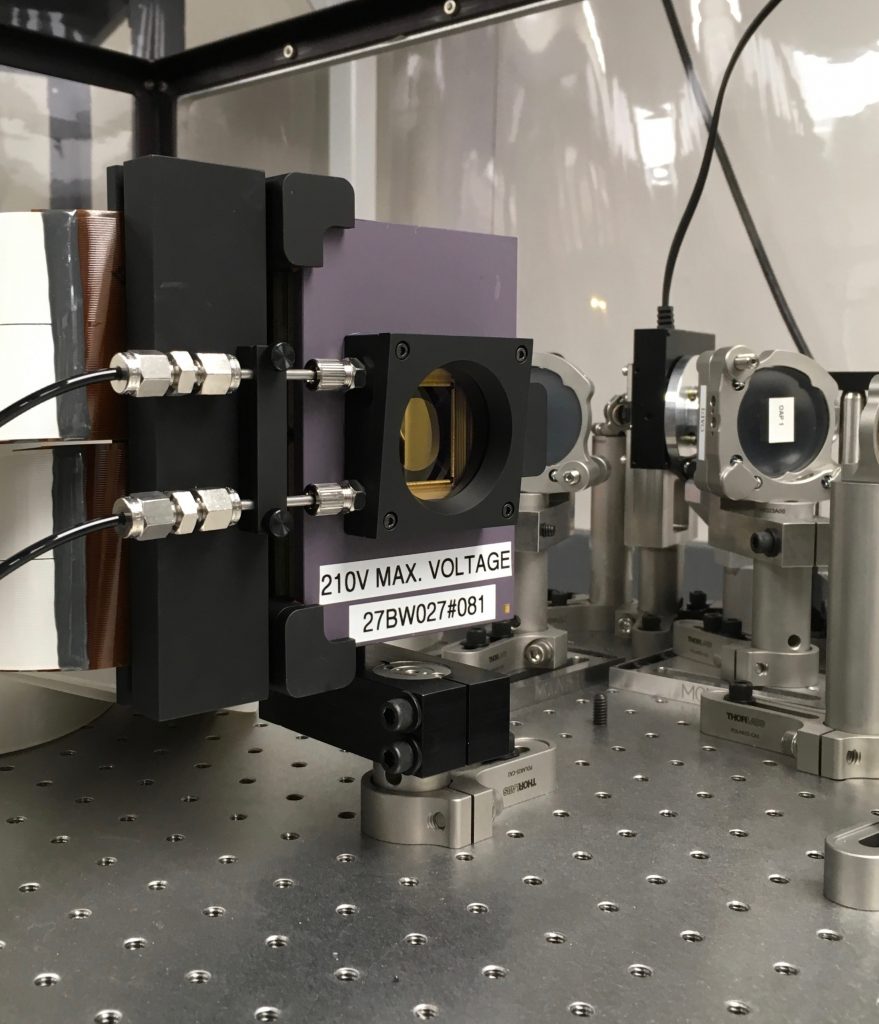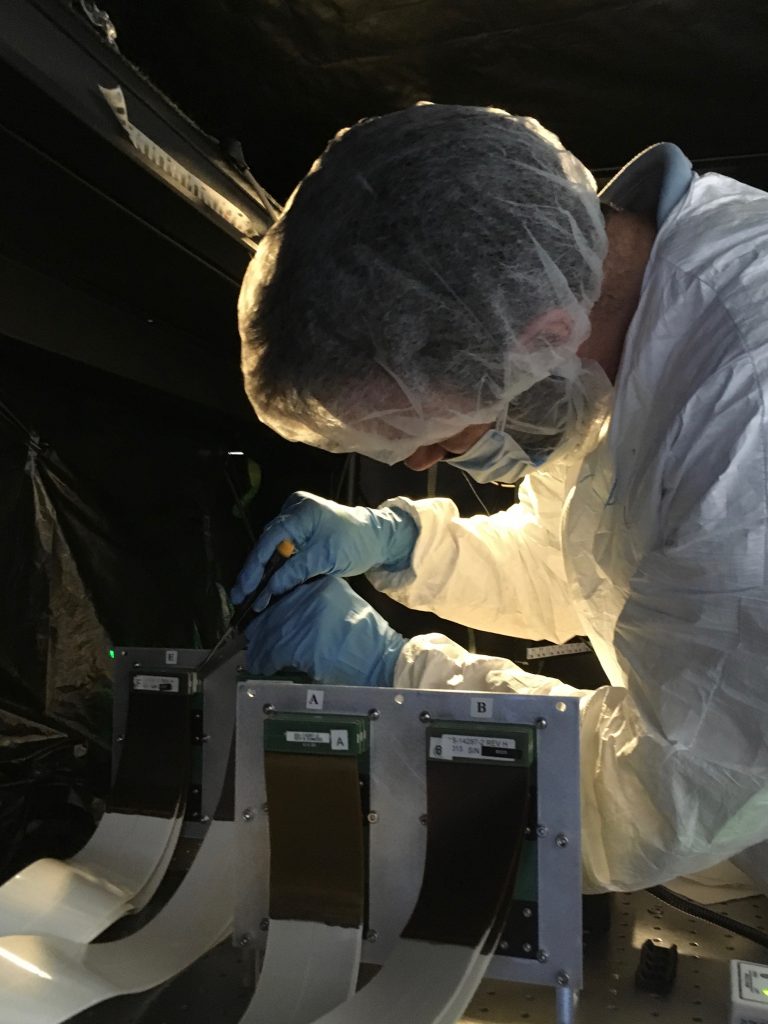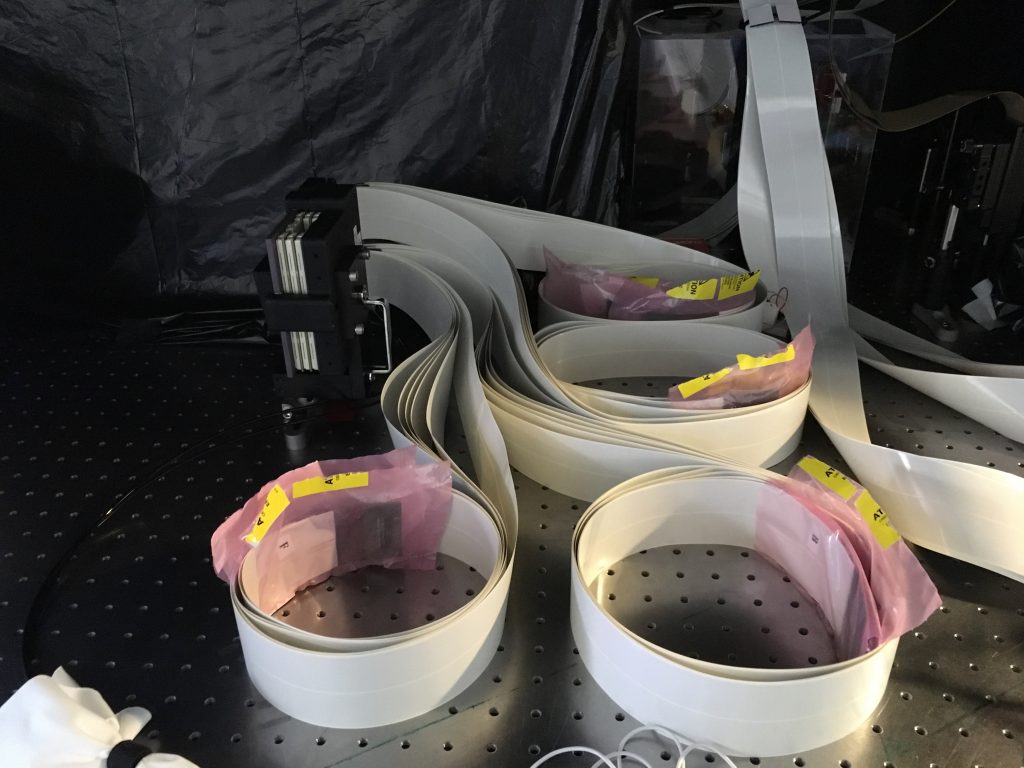MagAO-X integration and testing continues apace, with Jared shaving microseconds off the loop latency, Kyle working on making the world’s flattest DM, and Alex H. identifying holes in our hardware that were made in the wrong place. The rest of us are fighting with hardware more indirectly, getting our simulations to converge or our embarrassingly parallel jobs to be more than a (parallel) embarrassment.
Lauren Schatz, pyramid wavefront sensing person extraordinaire, has recently been the victim of delegation by the P.I. Her task? Arranging the weekly group meeting. In retaliation, she decided the venue would be outdoors. On a 95ºF (35ºC) day.
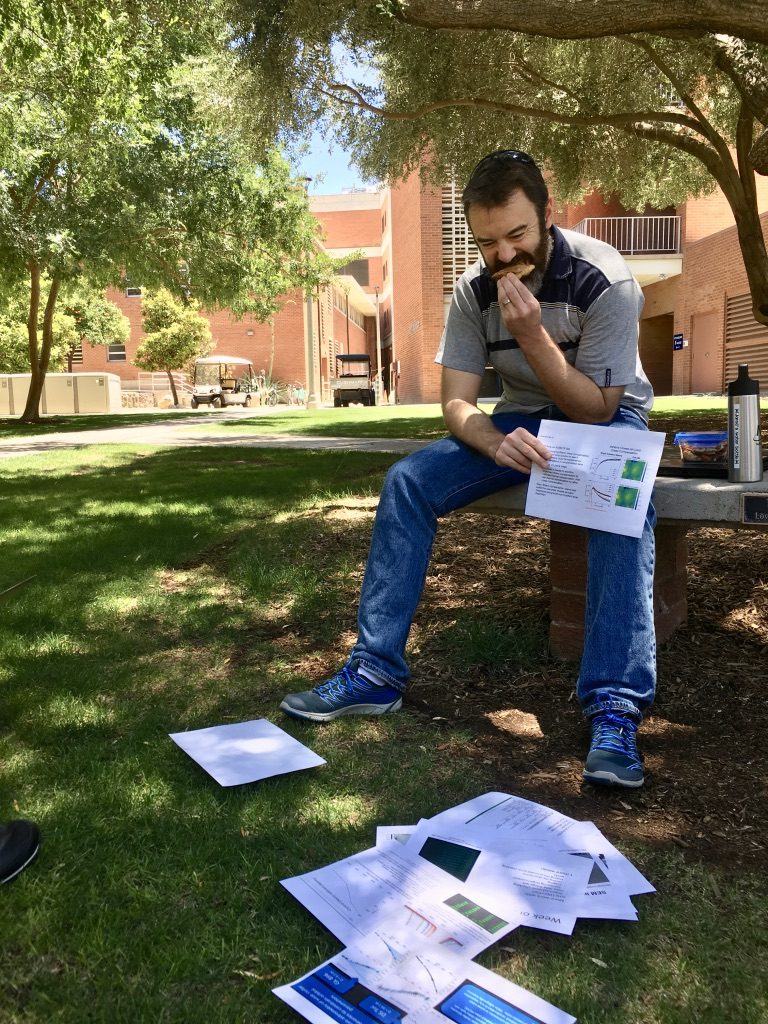
The P.I. absolutely demolishing a doughnut. 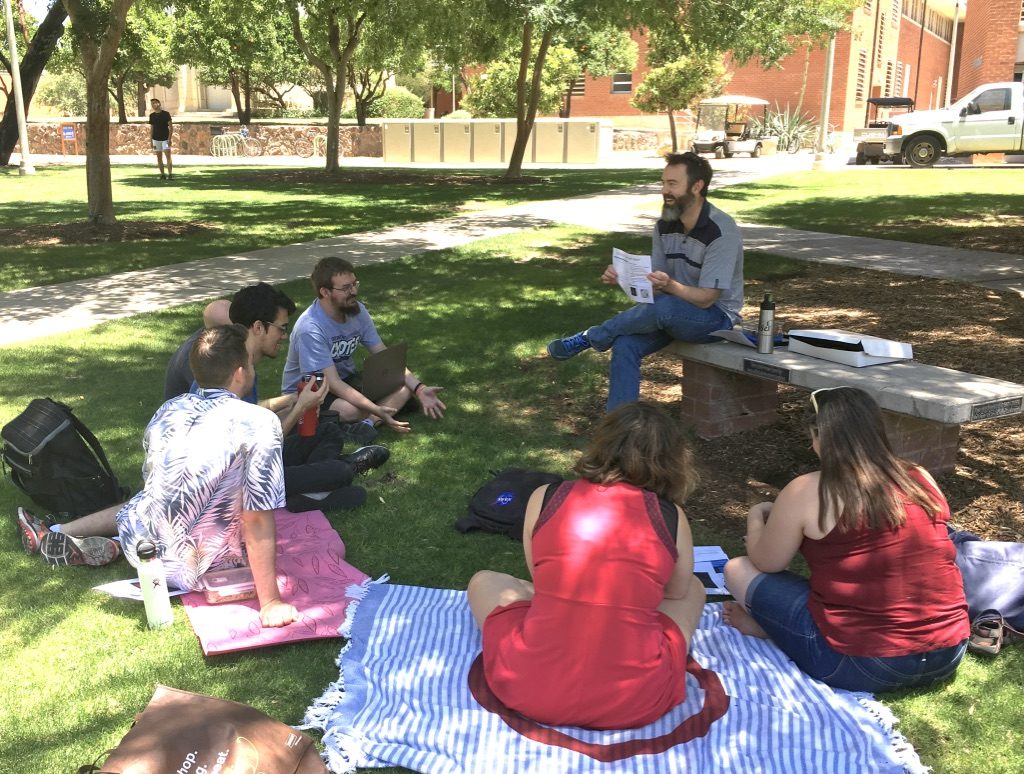
Dr. Jared R. Males, slide projector substitute.
Our recent meeting was graced by a special guest: incoming graduate student (and NSF Graduate Fellow) Logan Pearce! She talked to us about research she’s been doing with Adam Kraus at University of Texas at Austin using data from the Gaia mission. This fall she plans to join the XWCL and MagAO-X team here at The University of Arizona. Welcome, Logan!
Several of us (but not this author) will be at AO4ELT6 next week, and everyone is diligently working on their posters and talks. If you’re there, keep an eye out for our group:
- Monday, June 10
- Development of the Three Sided Pyramid Wavefront Sensor — Lauren Schatz (poster)
- Focal plane wavefront sensing and control with a vAPP coronagraph on MagAO-X using holographic modal wavefront sensing and linear dark field control — Kelsey Miller (poster)
- Tuesday, June 11
- Characterization and closed-loop laboratory testing of deformable mirrors for the MagAO-X project — Kyle van Gorkom (talk @ 9:40 AM)
- Real-time estimation of NCPA and exoplanet detection in the face of wavefront measurement error in extreme-AO coronagraphs — Alexander Rodack (talk @ 5:40 PM)
- Imaging habitable planets in optical/NIR with large ground-based telescopes: WFS/C challenges, opportunities and R&D activities — Olivier Guyon (poster)
- Thursday, June 13
- The Current Optical and Mechanical Design for the GMT High-Contrast Exoplanet Instrument GMagAO-X — Laird Close (poster)
- Friday, June 14
- From MagAO-X to GMagAO-X: extreme-AO performance demonstration and science case for the GMT — Jared Males (talk @ 10:00 AM)
In recognition of recent climatic developments in Tucson, Arizona, your author has selected this as the song of the day:
